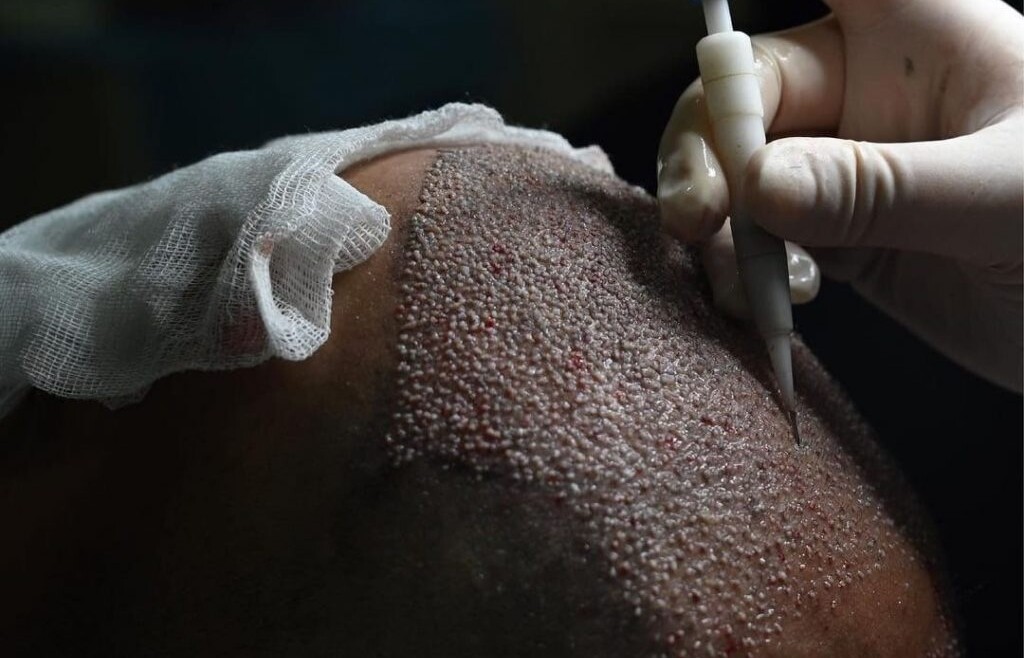The 3 types of Hair Transplant we offer
DHI or Choi implanter Pen Method
DHI (Direct Hair Implant) is the latest revolutionary method developed after the FUE method. Although it is a more difficult complex and intricate technique for the hair transplantation specialist (transplantologist) compared to FUE, however it is less traumatic and less painful and the results are very successful and asthetic for the patient. Therefore, it has become the most preferred method.
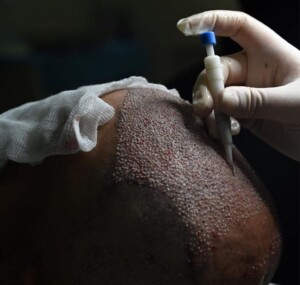 Advantages
Advantages
- The main advantage of this technique is the density it provides. The density it provides is 40 to 60 grafts per square centimeter which is twice the amount that amount that FUE (Channel method) and FUT technique provides.
- The loss in the transplanted hair is almost negligible. The maximum loss is 3 percent.
- Since each pen only opens an area that is only big enough to insert the hair follicle, there is no bleeding and the recovery is extremely quick.
- For patients that do not want to shave, this allows an unshaved transplantation.
- Since the area that each pen require is so small, denser transplantations are possible.
- There will not be any swelling in the transplantation area or face area since an inflation technique is not part of the process.
- Depending on the natural growth angle of the hair, this technique offers the possibility of hair transplantation at different angles and it provides a more natural appearance and more successful results, especially when applied to sensitive areas such as hairline.
Unshaven Hair Transplant
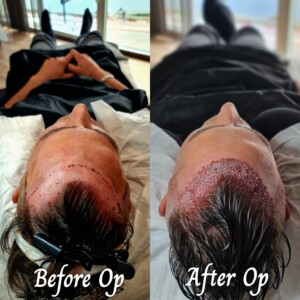 Unshaven hair transplant is an operation method that requires no shaving or buzz cut of the patient’s hair. While the techniques applied to the hair transplant area generally require a hair shave, unshaven hair transplantation has been performed in our clinic with both FUE and DHI techniques for many years.
Unshaven hair transplant is an operation method that requires no shaving or buzz cut of the patient’s hair. While the techniques applied to the hair transplant area generally require a hair shave, unshaven hair transplantation has been performed in our clinic with both FUE and DHI techniques for many years.
Donor areas and transplant areas of the patients willing to undergo an unshaven hair transplant are subjected to pre-operational examination. Patients willing to undergo Unshaven Hair Transplant are asked to grow their hairs particularly in the back of the head. In this way, donor area can be hidden among the hairs that will not be processed.
There are two techniques that can be used for unshaven hair transplant: partially shaven hair transplant and completely unshaven hair transplant:
- Partially (Regionally) Shaven Hair Transplant: This technique can be used in operations with 1000 to 1500 hair grafts. The DHI method is used in this type of hair transplant. The hairs available between the two ears in the back of the head should be long. This will help concealment of the small shaven region in donor area.
- Completely Unshaven Hair Transplant: DHI method is also used here. This technique is particularly preferred by women willing to undergo a hair transplant and men who do not prefer shaven hair transplant methods. Hairs in the donor and transplantation areas are not shaven.
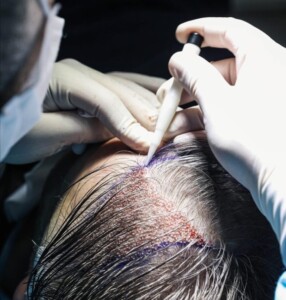
Who Can Undergo Unshaven Hair Transplant?
Anyone considered to be suitable at the end of the examination to be performed by our specialist team can undergo unshaven hair transplant. This operation is particularly preferred by people with aesthetic concerns and by those who are willing to return to their business and social lives as soon as possible. Did you know that you will be able to have natural looking hair in 2 to 3 days following unshaven DHI hair transplant operation?
Please note that hair transplant performed by non-specialist individuals or centers could even lead to damage of healthy grafts. So, we advise you to carry out a detailed research prior to hair transplant.
FUE Method (Channel Method)
In fact the channel method involves what
we call the sockets in which the hair follicles will be inserted to during the transplantation process and these sockets are formed through fine incisions.
During the hair transplantation process, small channels are opened on the transplantation site using a medical device called the laterslit (lateral channel technique) after the application of local anesthesia. Each of these channels are made in varying lengths and thickness based on the length and thickness of the extracted hair. After this, hair follicles are inserted one by one into these channels using transplantation pen sets. The hairs are transplanted in 30 to 35 degrees to provide a natural appearance.
More swelling occurs in the head area after the application of the FUE technique. This is because when opening the channels, a special solution is injected to swell the skin in order to allow the transplantation expert to perceive the channels and to prevent these channels from closing. This swelling goes down in 1-2 days and it does not affect the daily life of the patient.
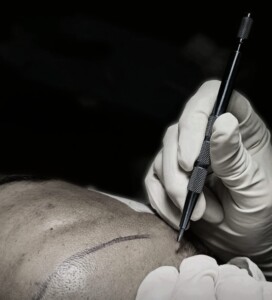
How many steps are necessary for FUE Hair Transplant Technique?
Amount of steps might increase, depending on the grade of hair loss, but
generally after 3 – 4 steps the operation will be finished successfully. The
steps we mentioned in general, are as follows:
1. Step: starts with a haircut. The hair in the donor area will be shortened to the length of 0.3 mm. Donor areas on the rest of the body will be detected and after having decided, local anesthesia will be performed.
2. Step: Hair roots will be extracted one by one with micro-motor and placed in a special solution into the individual begins to be placed in groups of 100. Hair follicles should be extracted with punches of 0.6-0.8 mm.
3. Step: Hair line is created, local anesthesia is applied to the transplantation, the channels for placing the hair follicles, are opened. If you are not sure about your hair line, you can get help from the specialist or from your relatives. This procedure of opening the channels is one of the most important parts of the operation of hair transplantation process, because it is necessary to perform a professional work, to get as result, a healthy hair structure.
4. Step: Hair sowing begins.

